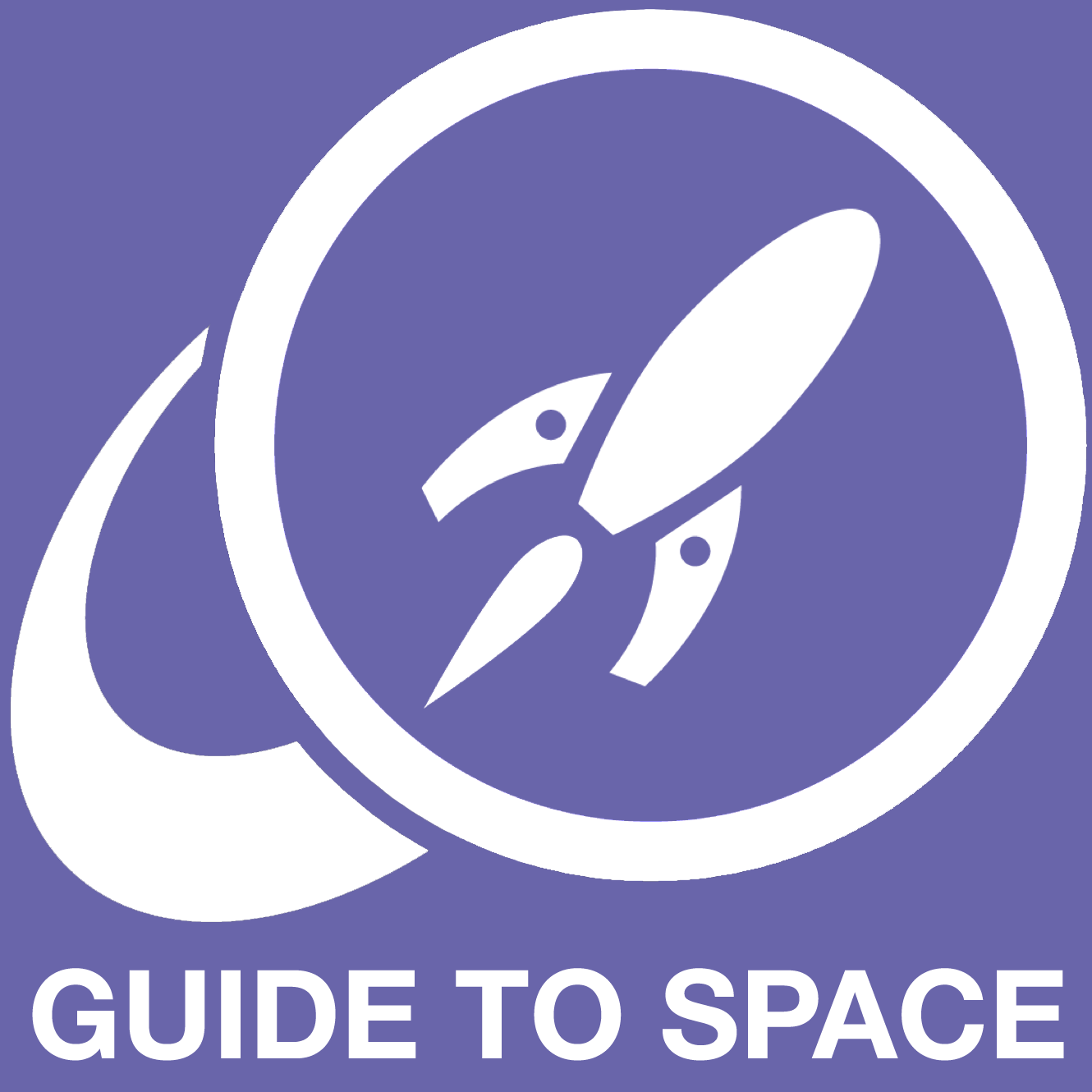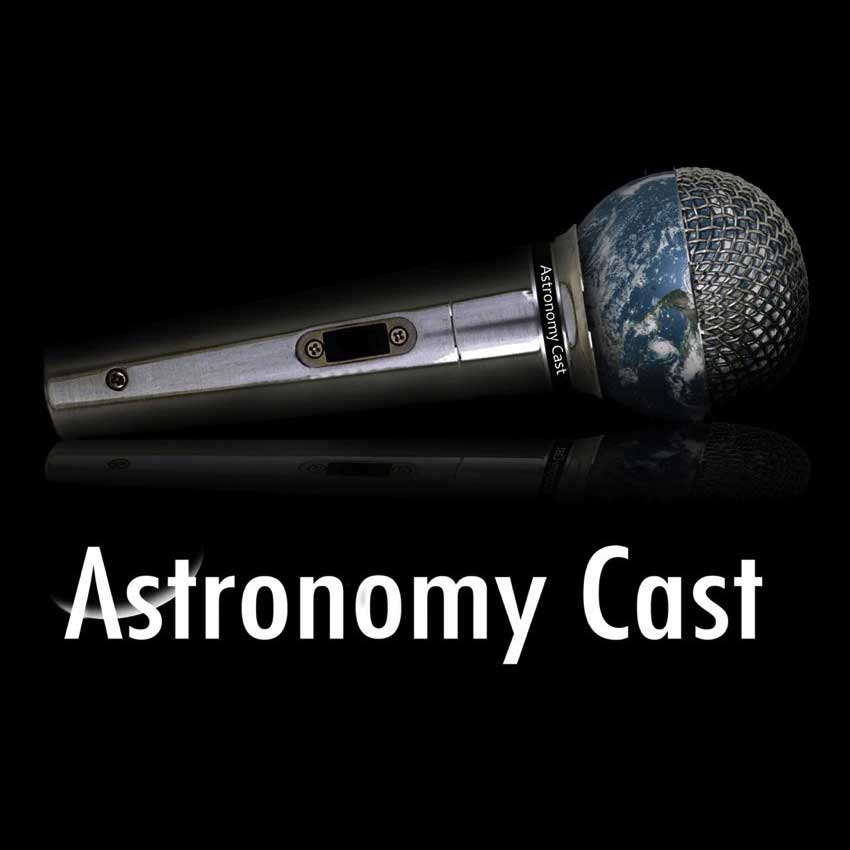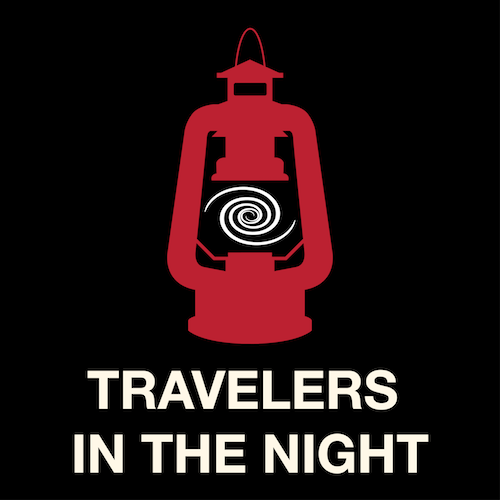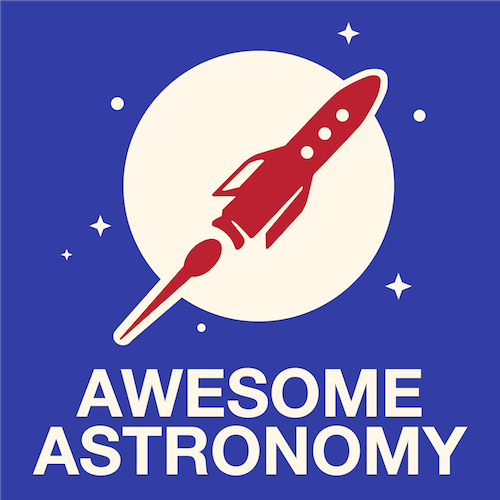
Podcast Archive


Aug 22nd: Interview with Pedro Russo (Part 2)

Aug 21st: Looking into a Mirror!

Aug 20th: Is the Universe Making Any New Galaxies?

Aug 19th: Choosing and Using a Telescope

Aug 18th: 100 Moons & Followups

Aug 17th: Interview with Pedro Russo (Part 1)

Aug 16th: NASA Identifies Possible Lunar Mantle Rocks on Lunar Surface

Aug 15th: Watch NASA Go to the Moon


